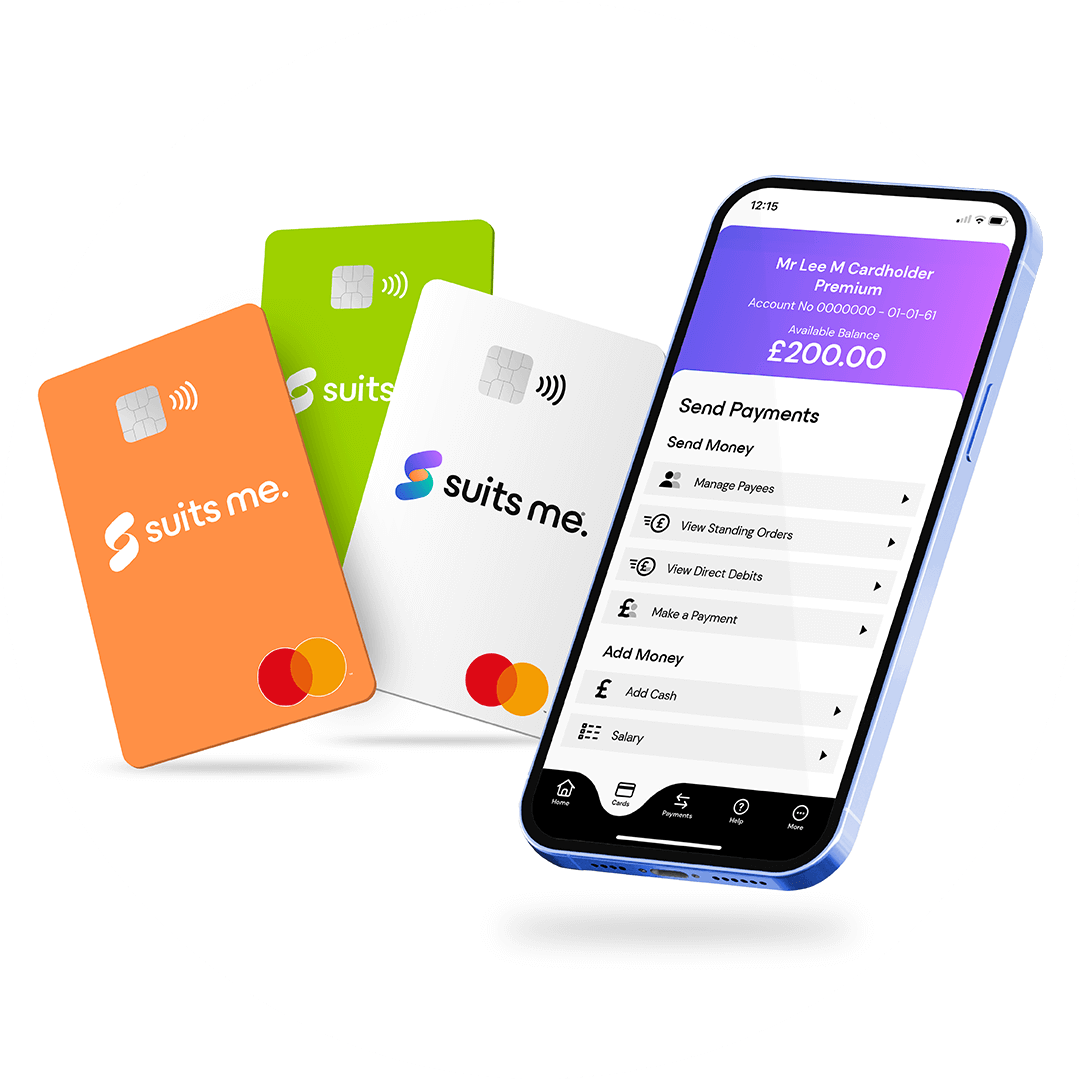
Talking to children about money is a great way for them to develop good habits when they get older, but it can also be a tricky subject. Children tend to find grown-up things boring for a start, and once you begin droning out about savings and mortgages, they soon switch off.
Effective ways of talking to children about money often involve how you relate it to everyday life – how much items cost in a shop, why you need a job to earn money, and why people keep their money in a banking account.
Before you lose their attention completely with things like interest rates, here are a few ways you can talk to children about money management.
Talk About Everyday Buying Decisions
Children will learn about money by playing shop in school or at home from a very early age. This teaches them the basic process of exchanging money for goods. It would help if you talked to your children about your own purchasing decisions related to your weekly shop.
Tell them why you buy certain items over others. Explain that getting something on a special offer is a good use of your money and tell them why you buy certain brands.
Children tend to pick up habits from their parents, so showing them that you have an eye for a bargain or use your money wisely in the weekly shop will have an impression on them. This is because they can relate your use of money to a tangible item, like a box of cereal or a packet of biscuits.
Make Children Familiar with Payment Methods
Many children may have a piggy bank where they can squirrel some coins and, if they’re lucky, notes. However, it is important to show children cash and tell them what each coin and note is worth. Children will learn about coins in school, but this is usually to teach them how to add up different amounts and not assign a real value to the money.
Ask them what they would like to buy in a shop and then help them to count out exactly how much cash they need to get it. As society becomes more cashless, it is also good to show them your debit card and tell them what it is for. Allow them to see you withdrawing cash from an ATM or paying in a store (remember to cover your PIN, so they can learn about keeping their money safe and secure).
By becoming more familiar with payment methods and how they are used, children will get a better idea of how much things cost.
Encourage Them Save Up For Something
Identify a large purchase your child might be interested in. It may be a new computer game or a bike. Take them to the shop or show them on the online store how much it costs. Explain to them that although this is a large amount, they can afford it by putting a small amount of money aside each week or month.
You can even set yourself up as ‘the bank’ and receive a regular deposit from your child’s pocket money to keep safe. This way, they will learn the value of saving and not spending your money all at once.





